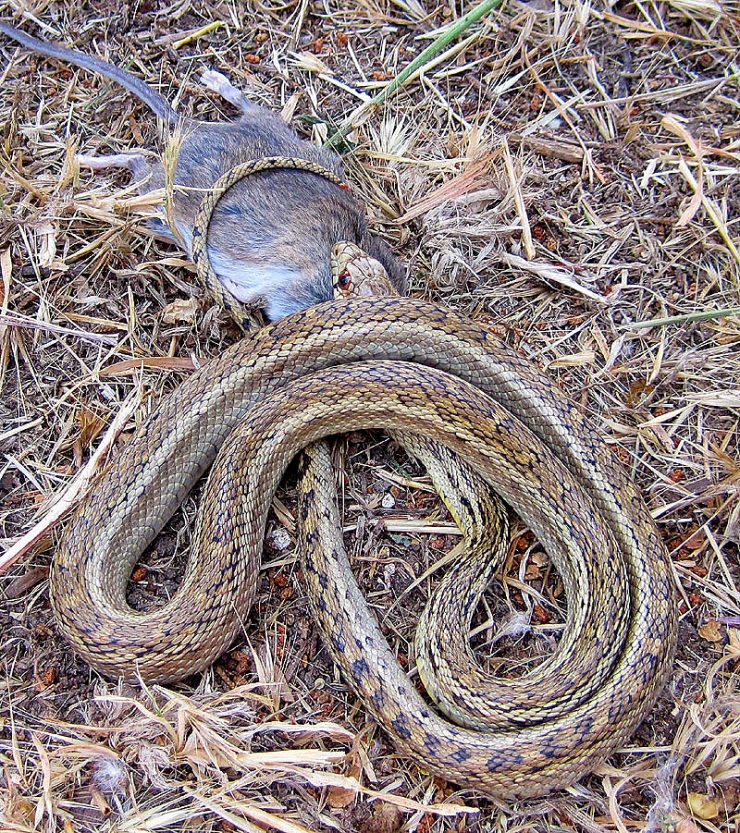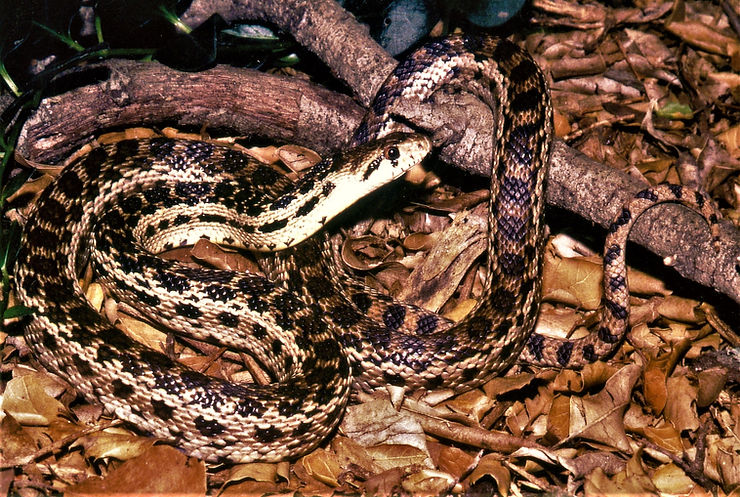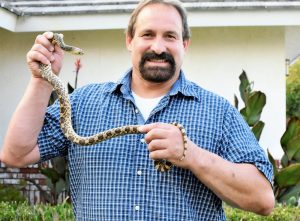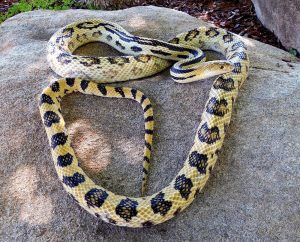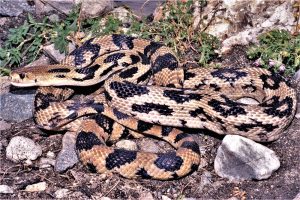Photo by Patrick Houston Briggs, courtesy Santa Barbara Natural History Museum.
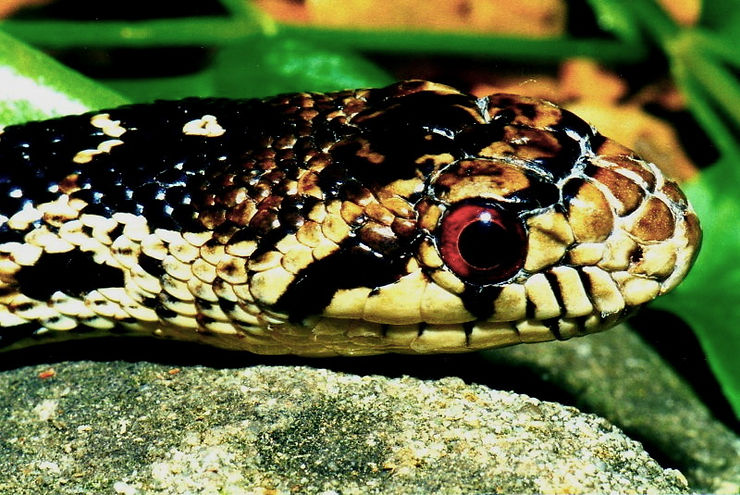
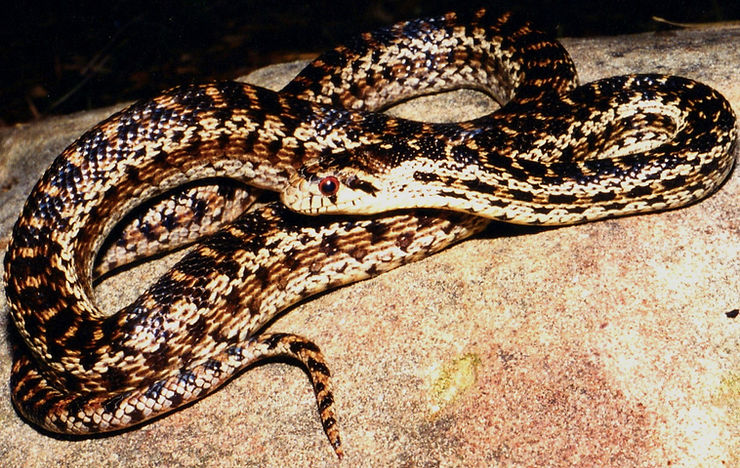
Channel Islands Gopher Snake ( Santa Cruz Island & Santa Rosa Island Gopher Snake)
By Patrick Houston Briggs
The Santa Cruz Island gopher snake has a rather narrow head that is only slightly wider than the neck and when compared to other races, has a short and flattened snout and a rounded rostral. The nape is dark and there are 64-82 dark, small and descrete body blotches down the middle of the back. Many of these blotches anteriorly connect with the dorsolateral markings on each side of the snake. Brad Sillasen posted images that Laurie Van Stee photographed of a somewhat striped and blotched individual feeding on rodent on Santa Cruz Island. The upper tail is marked with 17-28 spots. The ground color is cream, olive, or yellowish. The venter is pale and dark speckled. There are 27-29 rows of scales at the midbody which also helps distinguish it from mainland races.
The California Department for Fish and Game DFG:SSC lists this form as a California Species of Special Concern.
The first specimen collected or “holotype” was specimen 17238 by Norman Bilderback on May 5, 1938. This race has only 29 scale rows or less which is different than other catenifer subspecies which possess more than 29 rows. Another indicating characteristic of this insular subspecies is that the light interspaces between the dark markings or blotches have scales that are not accented or tipped with black on the anterior part of the body.
Pituophis catenifer pumilis CHANNEL ISLANDS GOPHER SNAKE
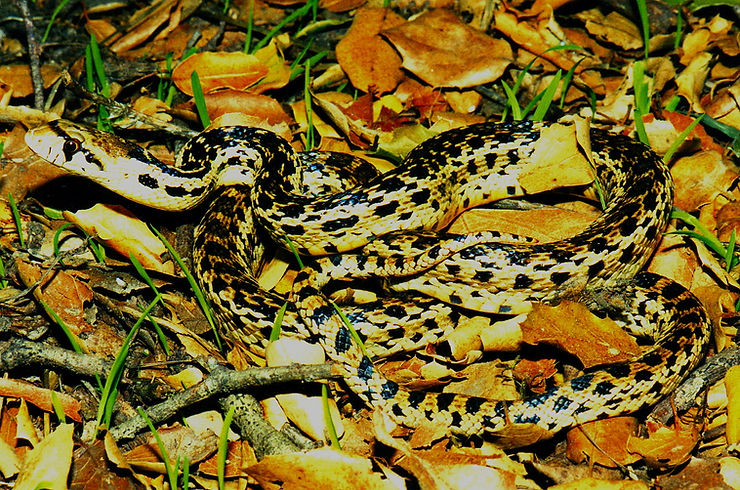
This individual from the SANTA ROSA ISLAND #1 of that archipelago group.
Photo by Patrick Houston Briggs, courtesy Santa Barbara Natural History Museum.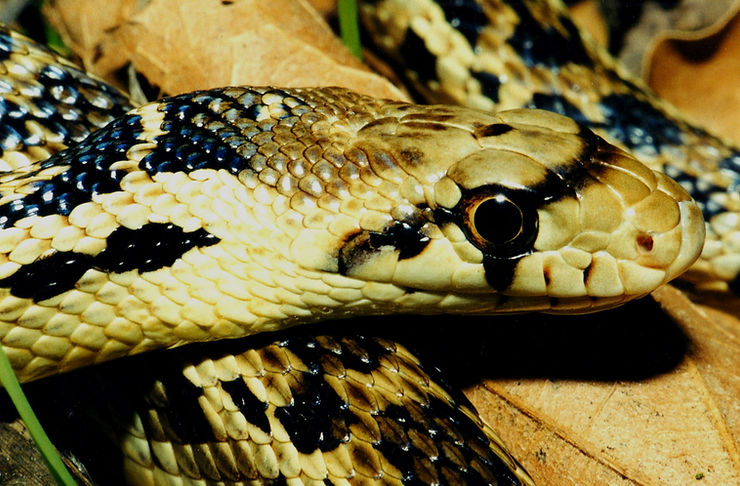
Pituophis catenifer pumilis CHANNEL ISLANDS GOPHER SNAKE under neck and chin
This individual from the SANTA ROSA ISLAND #1 of that archipelago group.
Photo by Patrick Houston Briggs, courtesy Santa Barbara Natural History Museum.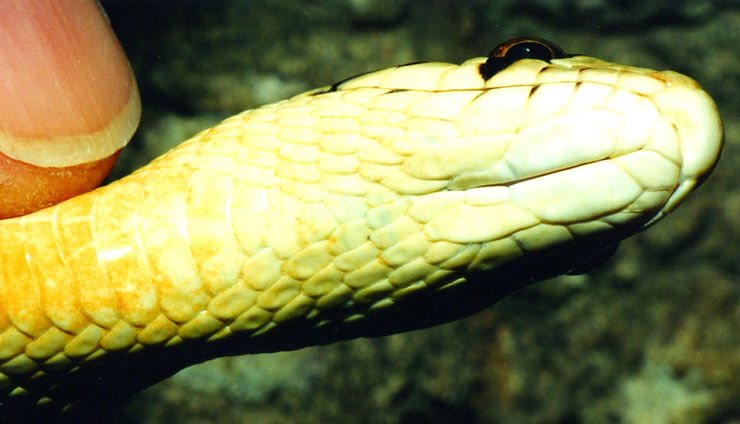
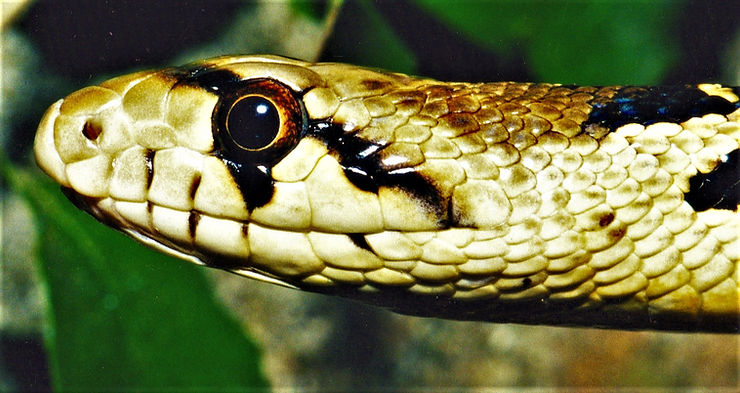
Pituophis catenifer pumilis CHANNEL ISLANDS GOPHER SNAKE
This individual from the SANTA ROSA ISLAND #2 of that archipelago group.
Photo by Patrick Houston Briggs, courtesy Santa Barbara Natural History Museum.
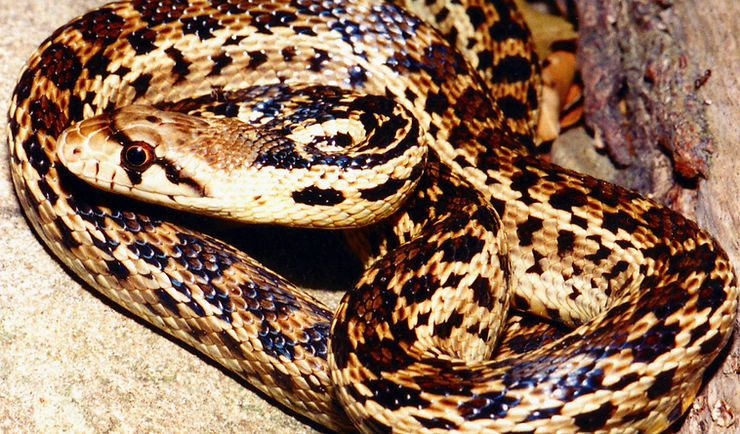
From the SANTA CRUZ ISLAND of the Channel Islands National Park archipelago.
Photo by Patrick Houston Briggs, courtesy Santa Barbara Natural History Museum.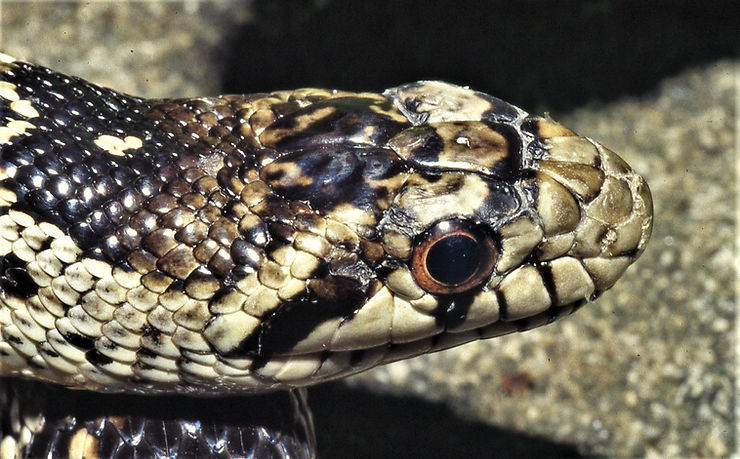
CHANNEL ISLANDS GOPHER SNAKE Pituophis catenifer pumilis upper head study
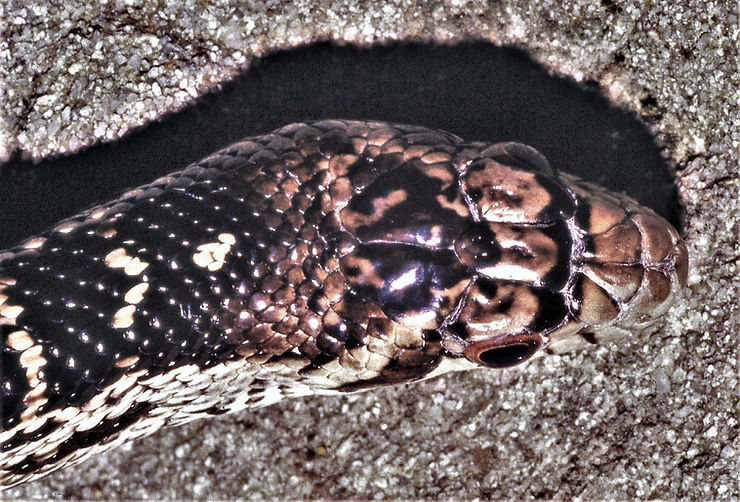
CHANNEL ISLANDS GOPHER SNAKE Pituophis catenifer pumilis
From the SANTA CRUZ ISLAND of the Channel Islands National Park archipelago.
Photo by Patrick Houston Briggs, courtesy Santa Barbara Natural History Museum.
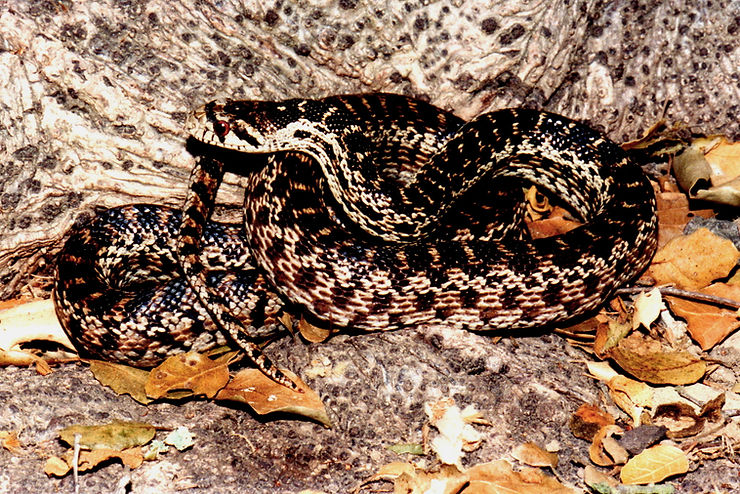
Original Description:
Scutelation
– Midbody Scales: 27-29
– Supralabials: 8
– Ventrals:
– Infralabials: 9-12
– Caudals:
– Preoculars: 1-2
– Anal: Single
– Postoculars: 3
– Prefrontals: 4
– Rostral: Rounded
– Loreal: 1-2
Visit the resources below
http://www.sdnhm.org/archive/research/herpetology/record_detail.php?herp_id=95
Pituophis catenifer pumilis CHANNEL ISLANDS GOPHER SNAKE
This individual from the SANTA ROSA ISLAND #1 of that archipelago group.
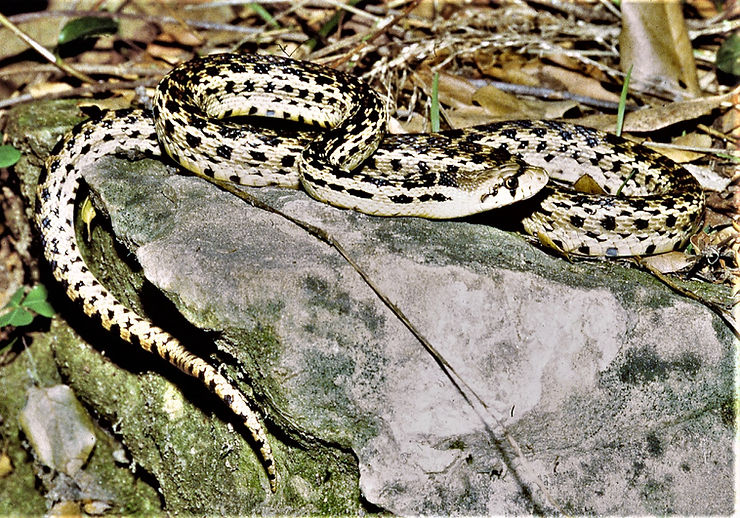

From the SANTA CRUZ ISLAND of the Channel Islands National Park archipelago.
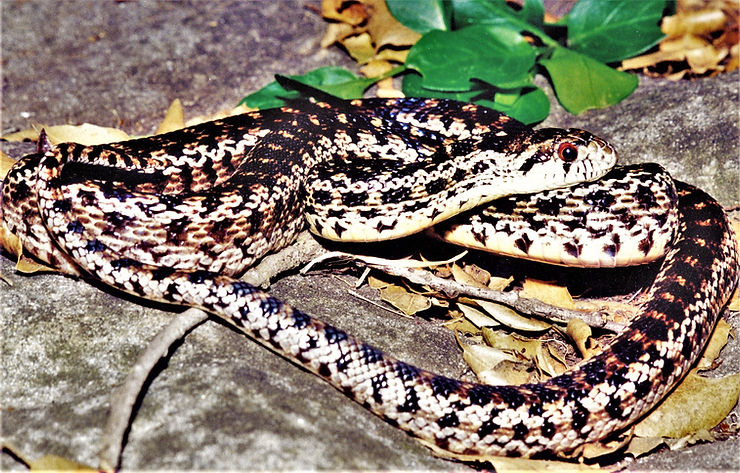
Pituophis catenifer pumilis CHANNEL ISLANDS GOPHER SNAKE
This individual from the SANTA ROSA ISLAND #1 of that archipelago group.
Photo by Patrick Houston Briggs, courtesy Santa Barbara Natural History Museum.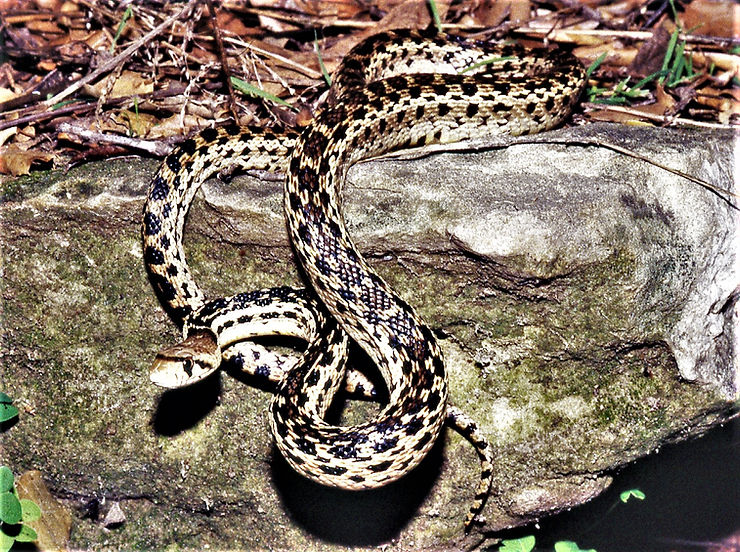
Striped Pituophis catenifer pumilis SANTA CRUZ ISLAND GOPHER SNAKE
santa_cruz_island_gopher_laurie_1d Unknown photographer internet